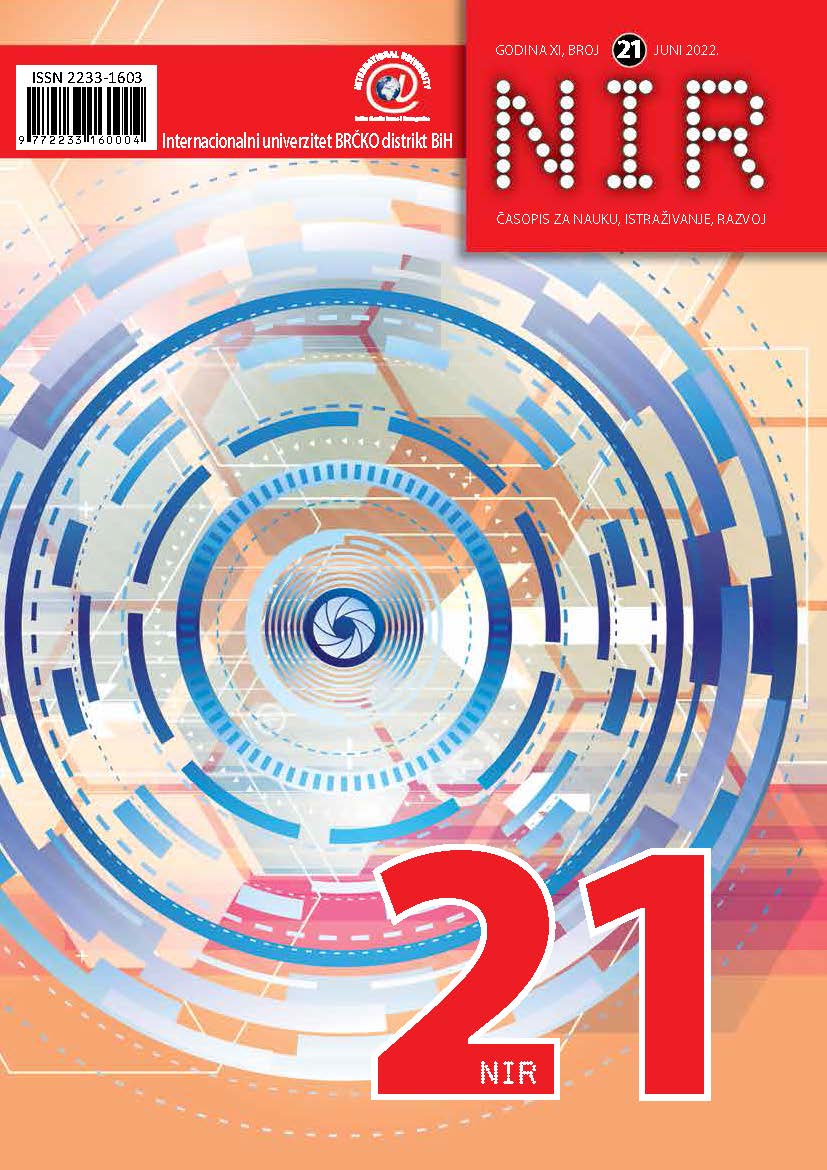MODERN SOFTWARE SOLUTIONS FOR MODELING AND SIMULATION IN TRANSPORT AND LOGISTICS
DOI:
https://doi.org/10.59417/nir.2022.21.21Keywords:
simulacija, saobraćaj, simulacioni softveri, modelovanje, logistikaAbstract
When the word simulation is used by computer experts, organizers, managers or statisticians, simulation usually means the process of building abstract models for some real-world systems or subsystems and performing a number of experiments on them. Modeling is a process that establishes connections between a real system and a model, while simulation is a process that establishes connections between a model and a computer. The simulation process takes the model created in the modeling process, enters the necessary inputs, creates a simulation model for the software program we use and experiments on it. Today, highly sophisticated software is used in the process of planning, optimization and expertise in traffic. The paper gives an overview of the most important software in the field of transport and logistics that are in use today.
References
Ivaković, Č., Stanković, R. i Šafran, M. (2010). Špedicija i logistički procesi. Fakultet prometnih znanosti, Sveučilište u Zagrebu.
Jovanović, M. (2011). Logističke simulacije. Mašinski fakultet Niš.
Pešić D., Antić B. i Vujanić M. (2016). Značaj i mogućnosti računarskog programa PC Crash kod veštačenja saobraćajnih nezgoda. XV Simpozijum „Veštačenje saobraćajnih nezgoda i prevare u osiguranju“. Soko Banja.
https://hr.strephonsays.com/modelling-and-vs-simulation-7175
http://docbook.rasip.fer.hr/ddb/public/index.php/publication/html/rasipbook/id/3?chapter=1.1.1
http://www.flexcon.it/wp-content/uploads/2015/03/16-02-2015-15-25-43-web.png
Downloads
Published
How to Cite
Issue
Section
License
Copyright (c) 2022 NIR

This work is licensed under a Creative Commons Attribution-NonCommercial 4.0 International License.




